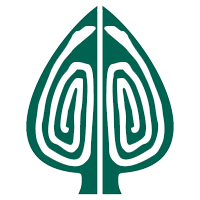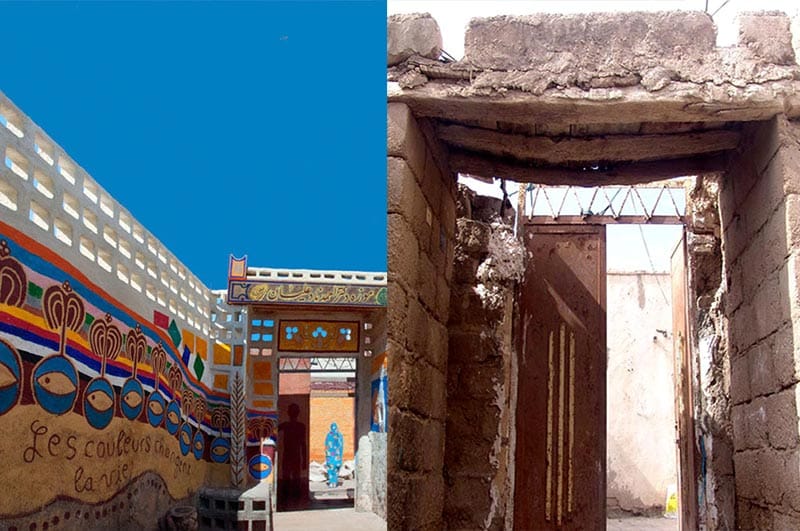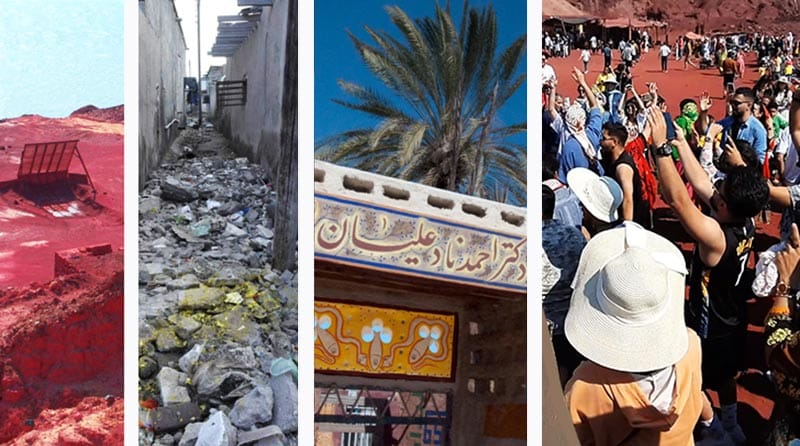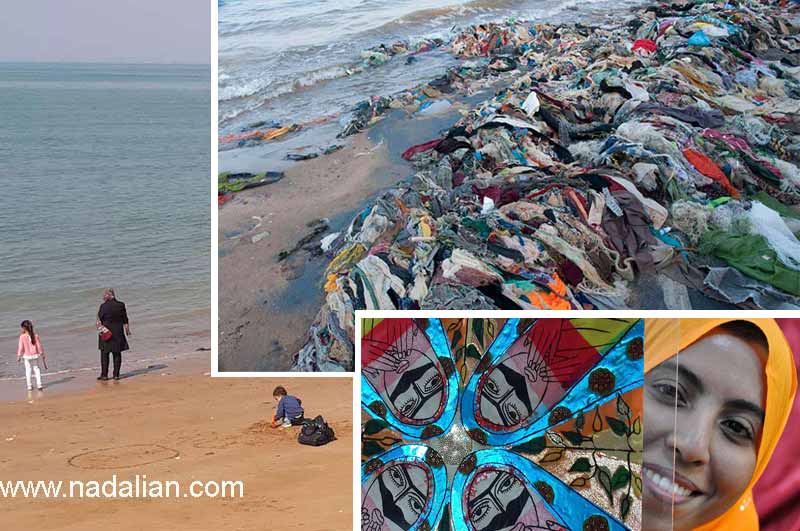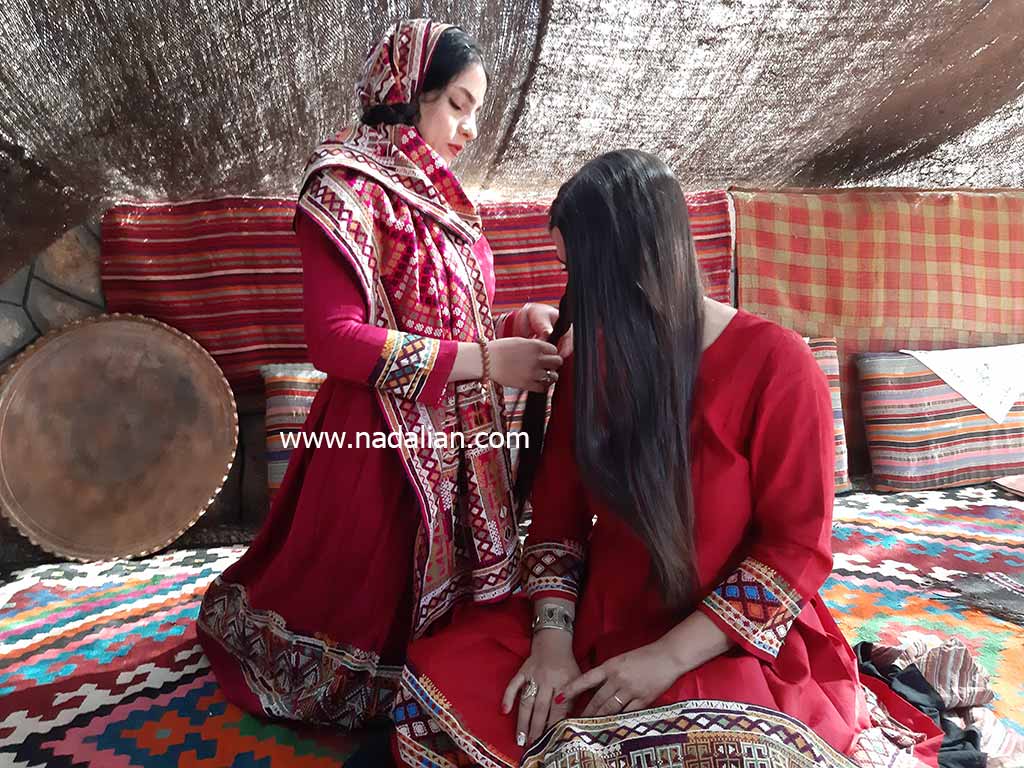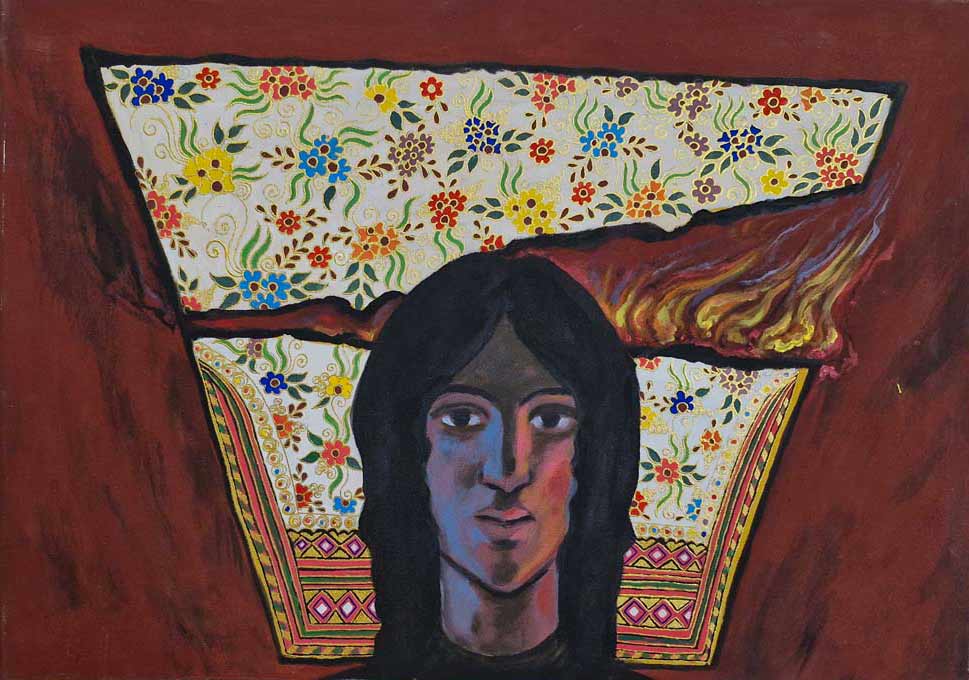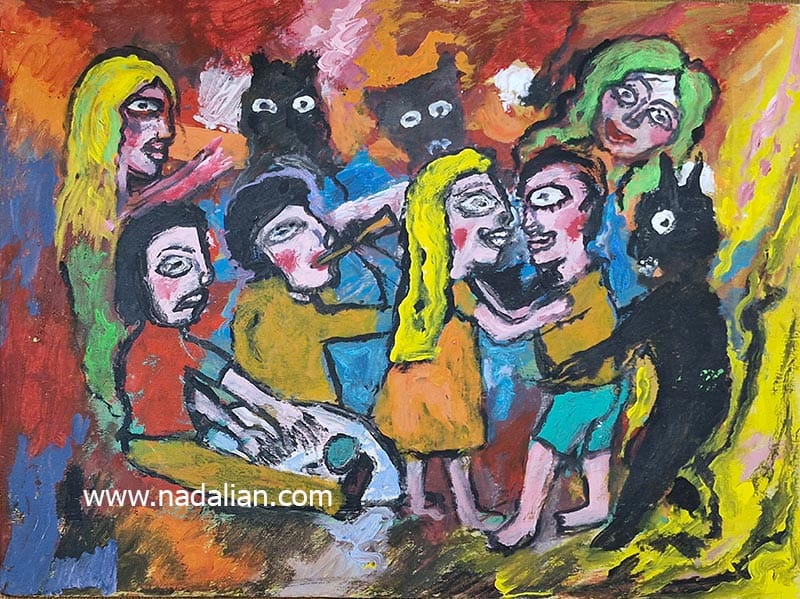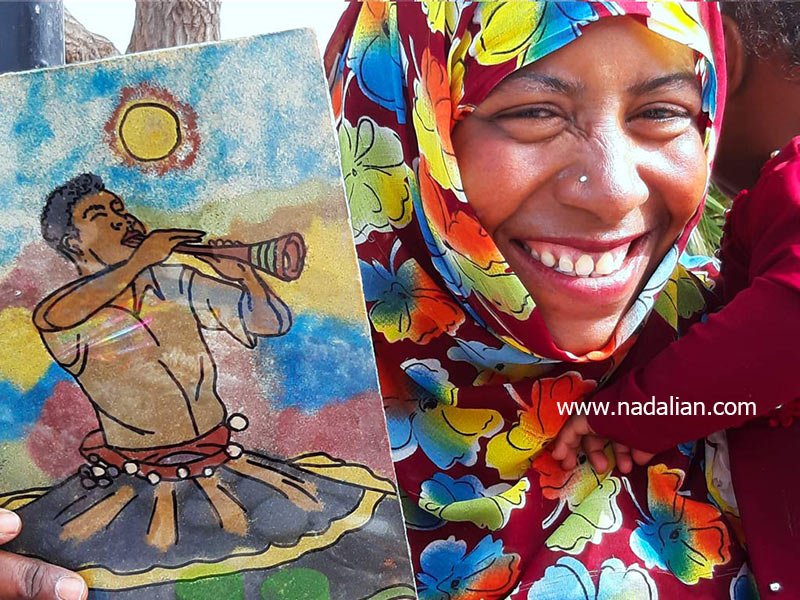Introduction Ahmad Nadalian, widely recognized for his work as an environmental artist, has also become a leading figure in social sculpture and community-based art. Since 2009, he has dedicated himself to revitalizing abandoned buildings, transforming neglected spaces into vibrant museums, galleries, cultural centers, ceremonial halls, and tourist accommodations. Through these projects, Nadalian has created opportunities […]
Ahmad Nadalian is internationally known recognized for his work as an environmental artist, has also become a leading figure in social sculpture and community-based art in Iran. His creative journey spans the island of Hormuz, the villages of Qeshm, and the regions inhabited by the nomadic Sangseri people. In each of these settings, he has […]
In his projects in southern Iran, especially on Qeshm and Hormuz Islands, Ahmad Nadalian developed a creative and culturally informed strategy to address an environmental hazard. Traditionally, women in southern Iran wear trousers whose lower parts are decorated with delicate Golabatoon embroidery. After years of use, these trousers eventually became worn out, and in some […]
Social Context and the Need to Work with Women Ahmad Nadalian’s activities in Hormuz Island and the villages of Qeshm began at a time when many women faced cultural, economic, and social restrictions. The absence of employment opportunities, limited freedom to appear in public spaces, and the neglect of their traditional skills motivated him to […]
Ahmad Nadalian’s projects in southern Iran—particularly on the islands of Qeshm and Hormuz—are among the most profound examples of community-based and feminist art in contemporary Iranian practice. In one of these series, he collected the burnt and worn trousers of southern women, garments traditionally decorated with golâbatun embroidery, and transformed them into a group of […]
From the early years of artistic activities on Hormoz Island and later in Qeshm villages, Ahmad Nadalian taught drawing and painting to women and girls who have no income. He also teach men who suffered from addiction. He encouraged talented individuals to engage in drawing. Often this type of work began by providing them with […]
My long-term experience in Hormuz Island and Qeshm villages shows that teaching and doing artwork can be useful as a method to increase self-confidence. If you travel to Hormuz Island, you will see that women play a prominent role in various jobs. In the first years when tourism was gradually formed, the first job of […]
The nomadic communities of the Sangsari people, due to their proximity to the capital and their increasing presence in major cities, are gradually losing their traditional way of life and culture. From Ahmad Nadalian’s perspective, in today’s crisis-stricken world, being nomadic is not a sign of backwardness; rather, it can serve as a model for […]
Art — especially painting — is an entertaining activity, and in general, any form of recreation is beneficial for uplifting the human spirit. For many years on Hormuz Island and now in the villages of Qeshm have turned to painting as a means of earning income. Their main motivation for painting has been economic. Some […]
Earth, Sea, Sun, And Sky Art in Nature Barbara Stieff Perstel Munich . London . New York 2011 www.prestel.com ISBN 978-3-7913-7048-4 Dear Mr. Nadalian, Ahmad, I´m very pleased an honored, that you like my book and will promote it on your website. While researching for the book, I got to know the works […]

 فارسی
فارسی